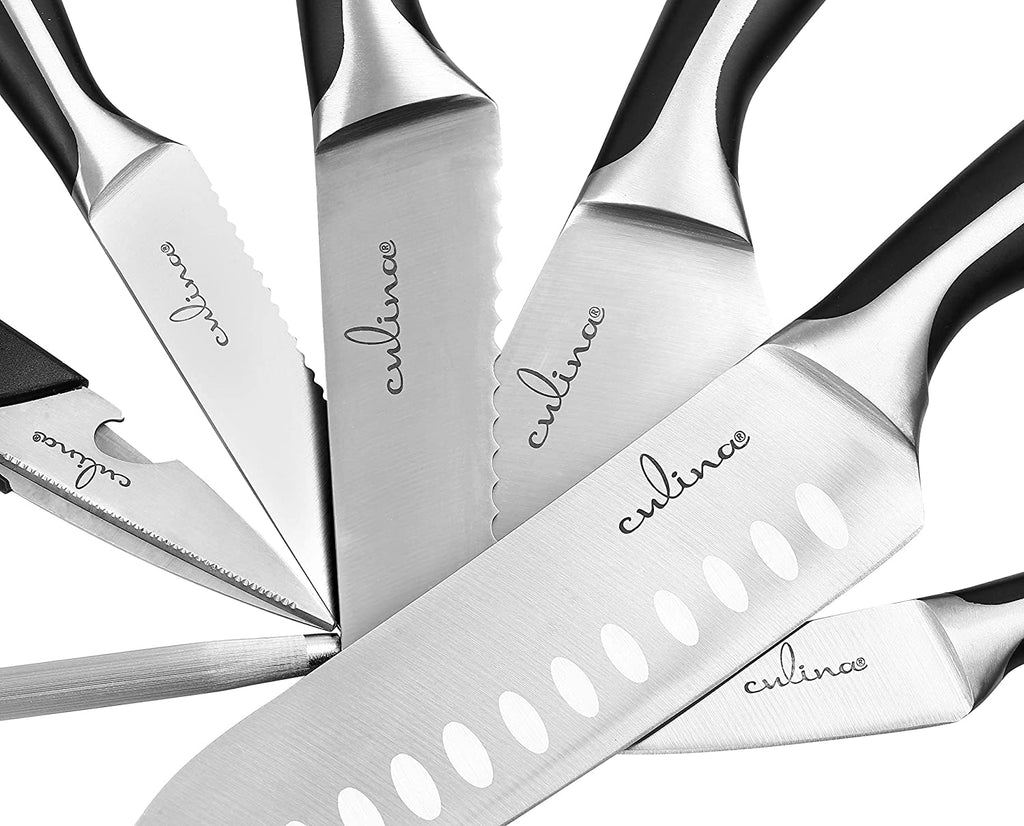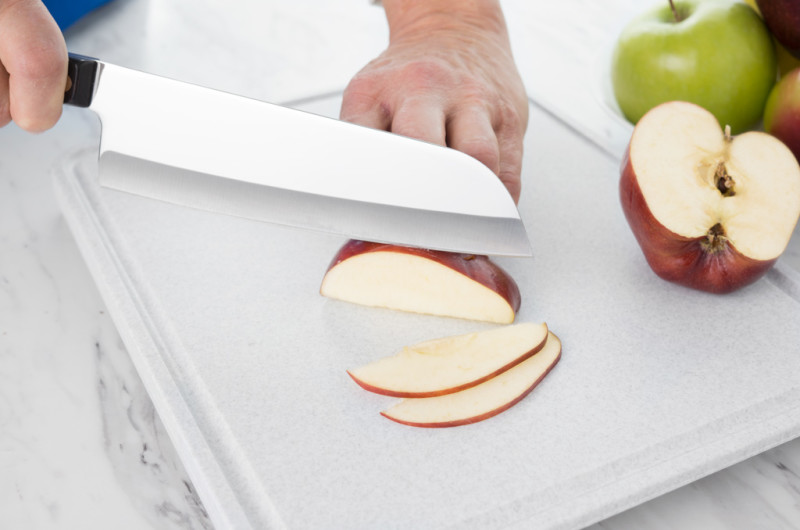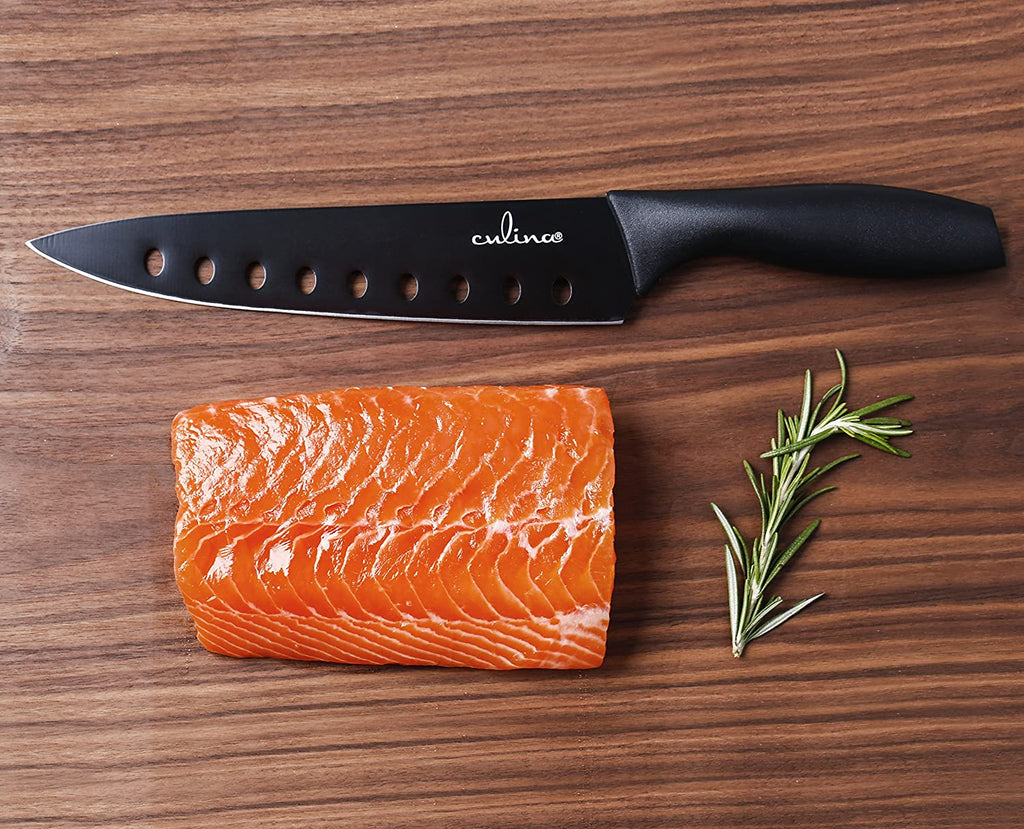How to Cut Meat with Fork and Knife: Delighted BBQ Enthusiasts' Guide
Written By James Morgan
Barbecue enthusiasts, gather around! If you've ever wondered how to cut meat with a fork and knife efficiently, this exclusive guide is for you. Whether its a sizzling steak or a juicy roast, learning the art of meat cutting is a life-changing skill for achieving perfectly portioned bites.
Understanding Meat and the Right Tools
Before we dive into the shocking secrets of cutting meat, we need to understand the types of meat and tools involved. The quality and type of meat you're dealing with play a crucial role in how you should approach the cutting process.

The Different Cuts of Meat
Not all meat is created equal. Understanding the various cuts can help you decide the best approach for slicing. Cuts like ribeye, tenderloin, and brisket each have their unique textures and muscle fibers. Check out our post on how to cut a turkey for more insights on dealing with large portions.

The Importance of Sharp Knives
One of the biggest mistakes is using a dull knife. A sharp knife is not only safer but also ensures cleaner cuts. If you need tips on this, see our post on how to sharpen a knife.
Step-by-Step Guide on How to Cut Meat with Fork and Knife

Step 1: Positioning Your Meat
Place your meat on a sturdy cutting board. Ensure its not slipping and is at a comfortable height for you. The less movement, the safer and more efficient your cutting will be.

Step 2: Holding the Fork and Knife Correctly
While it might seem elementary, how you hold your fork and knife is critical. Grip your knife firmly but not too tightly in your dominant hand, and your fork in the other. The knife should be held at a slight angle, allowing you to use the entire blade to cut through the meat.
Step 3: The Cutting Technique
Start by piercing the meat with the fork, holding it securely in place. Begin cutting with a gentle sawing motion. Applying too much pressure can tear the meat and make your cut look uneven.
Step 4: Maintaining Consistency
When serving multiple pieces, consistency in thickness is important for presentation and even cooking. Aim for uniform slices by keeping your cuts steady and slow. Visit our guide on how to cut vegetables for additional knife skill tips that apply similarly to meat.
Tips and Tricks from the Pros
Using the Bone as a Guide
For cuts of meat with bones, use the bone as a guide. Cutting along the bone helps you get more precise cuts and makes the meat easier to handle.
Resting the Meat
Always let your meat rest after cooking and before cutting. This stops the juices from escaping and keeps your meat succulent. It's known as the key to tremendous flavor and texture.
Proper Knife Maintenance
Maintaining your knife is as important as maintaining your grill. Regular sharpening and proper storage solutions can make a world of difference. Learn more from our external resource on knife skills.
Safety Tips to Keep in Mind
Avoiding Common Injuries
Improper knife handling can lead to serious injuries. Always cut away from your body and ensure your fingers are never in the blades path. Visit our link for common kitchen injury prevention tips.
Keeping Your Cutting Area Clean
A cluttered workspace can lead to mistakes. Make sure your cutting board is stable and your area is clear of debris.
FAQs
What's the best knife for cutting meat?
A chefs knife is versatile and effective. For more specialized tasks, a carving knife or serrated knife can be advantageous.
Why is my meat tearing when I cut it?
This could be due to a dull knife or applying too much pressure. Ensure your knife is sharp and use a gentle sawing motion.
Should I cut meat against the grain?
Yes, cutting against the grain prevents chewy bites and makes the meat more tender.
As an Amazon Associate, I earn from qualifying purchases.



